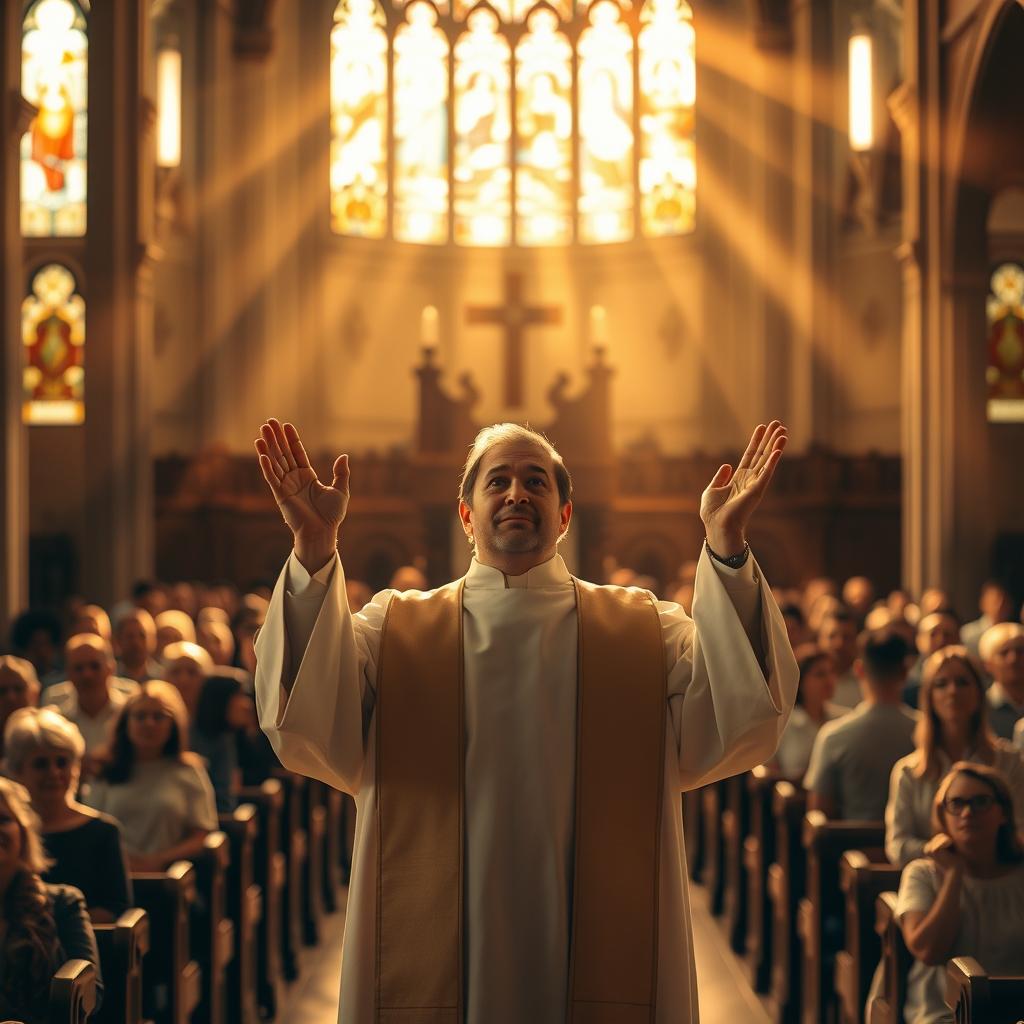Easter Sunday is the heart of Christian faith, a day of renewal and hope. The homily for Easter Sunday asks us to think about Christ’s resurrection. It uses texts like Acts 10:34a, 37-43, and John 20:1-9.
These passages show how death leads to eternal life. This message is just as important today as it was then.
At the heart of this celebration are readings like Psalm 118 and Colossians 3:1-4. They talk about God’s power to change lives. The Alleluia from 1 Corinthians 5:7 connects spiritual rebirth to Easter. It encourages believers to accept Christ’s victory over sin and despair.
Homily for Easter Sunday should blend these scriptures into a message of hope.
Timeless hymns like “Christ The Lord Is Risen Today” remind us of the promise of resurrection. Leaders like Fr. Njoku Canice Chukwuemeka and Michael Driscoll share this view. They say resurrection is not just history—it’s a living promise.
This homily urges us to see the empty tomb as a call to renewal in our lives. It connects ancient truth with modern faith.
15+ Incredible Easter Basket Ideas You’ll Love
Easter Baking Ideas: Festive Treats to Make at Home
Basic Catholic Prayers: Essential Devotions for Faith
Setting the Easter Tone Through Sacred Readings
The Easter Sunday sermon is powerful because of Scripture’s timeless stories of hope. Readings from Acts, the Responsorial Psalm, and the Gospel are key. They help us think about renewal and God’s love.
Overview of the Key Biblical Passages
Acts 10:34a-43 tells of Peter’s bold message about Jesus’ resurrection. The Psalm says, “This is the day the Lord has made,” filled with joy. In John’s Gospel, Mary Magdalene meets the risen Christ, showing transformation.
Understanding the Context of Renewal
Early Christians saw Easter as a time of rebirth, for everyone. Colossians 3:1-4 encourages us to focus on what’s above. Fr. Canice says these readings connect old truths with today’s struggles, making faith real.
Each reading offers something special: Acts’ witness, the Psalm’s praise, and John’s vivid scene. Preachers can explore these to help people connect with the easter sunday sermon’s heart. Together, they weave a tapestry of renewal for us all.
The Impact of Acts 10:34a, 37-43 on Easter Reflections
Acts 10:34a, 37-43 shares a key message of redemption for easter sunday homily ideas. It tells of Peter’s words that God doesn’t play favorites. This shows Jesus’ mission to judge the world and bring hope back.
Preachers can explain how Christ’s resurrection keeps God’s promise alive. It offers freedom from sin and death.
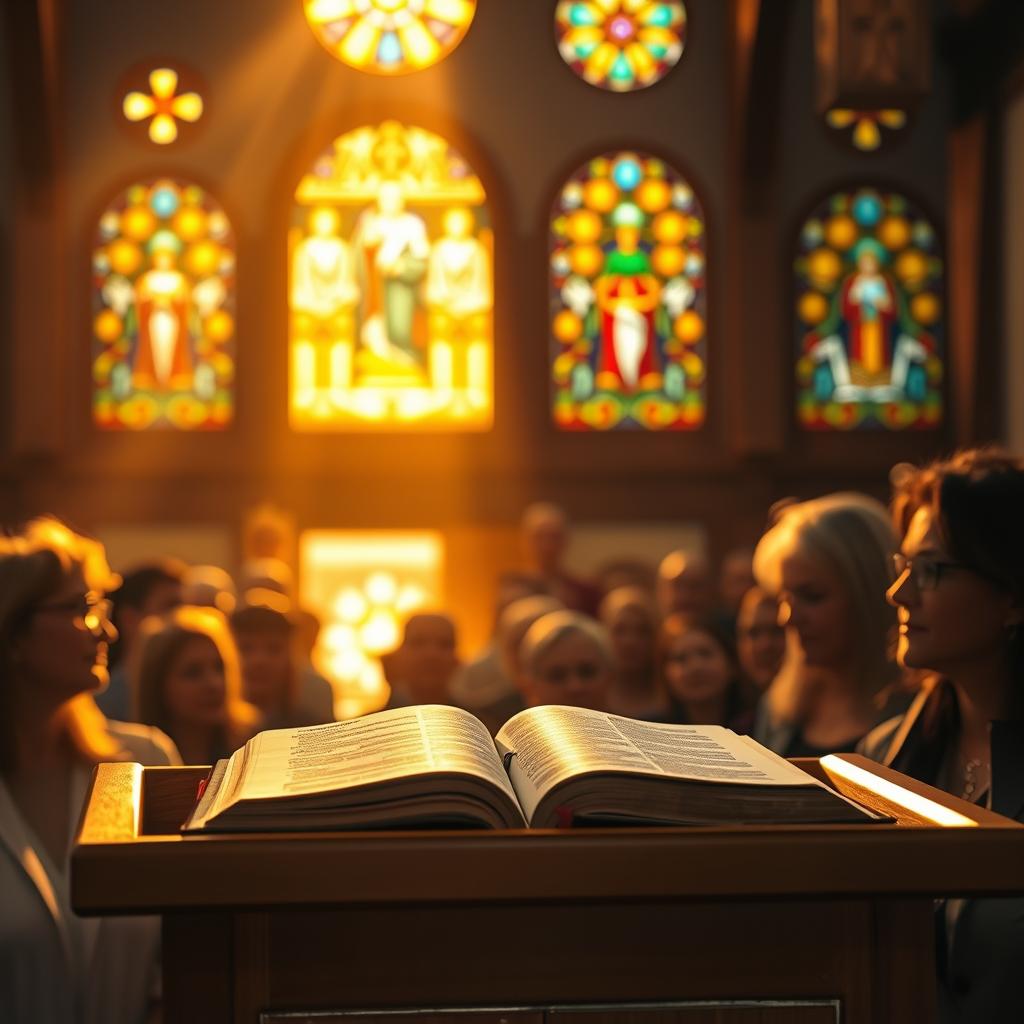
“All the prophets testify about him that everyone who believes in him receives forgiveness of sins through his name.”
This scripture connects old faith with today’s worship. It reminds us that Easter’s joy is for everyone. Pastors can preach about breaking barriers, like Peter did with Cornelius, showing Christ’s love for all.
Traditional hymns like “Christ The Lord Is Risen Today” match Acts’ themes of victory over darkness. Mixing scriptural study with singing strengthens the bond between words and actions. Preachers might ask: How can we live out resurrection hope every day?
Easter sunday homily ideas based on Acts 10 can motivate us to see Easter as a force for change. The passage talks about Jesus’ suffering, resurrection, and mission to all. This makes sermons both rooted in history and timely for today.
Illuminating the Resurrection in the Gospel of John
The Gospel of John tells a powerful story of Easter morning in John 20:1-9. It shows how Mary Magdalene, Peter, and John found the empty tomb. Their confusion turned to awe as they saw the linen cloths untouched. This is why many homilies on Easter Sunday focus on this moment.

Diving Deep into John 20:1-9
Mary Magdalene was the first to find the tomb. Then, Peter and John came, with John arriving first but Peter going in first. They saw the sudarium folded, showing no signs of disturbance. This scene highlights the divine order in the midst of chaos.
The Symbolism of the Empty Tomb
The empty tomb symbolizes both physical and spiritual rebirth. Michael Driscoll points out that the linen cloths prove Jesus’ body was not taken. Fr. Canice says the emptiness shows our need to let go of sin for God’s grace. This makes the Easter story a powerful message of hope.
When crafting homilies for Easter Sunday, preachers can talk about courage and trust. The empty tomb reminds us to live as witnesses to life beyond our limits. This message is as important today as it was two thousand years ago.
Embracing the Responsorial Psalm in Worship
The Responsorial Psalm is at the heart of Easter Sunday reflection. It calls us to come together in worship. Psalm 118:1-2, 16-17, 22-23 has been echoing through the ages, uniting us in praise. Its words, like “This is the Lord’s doing,” remind us of God’s victory over darkness, a key part of Easter’s joy.
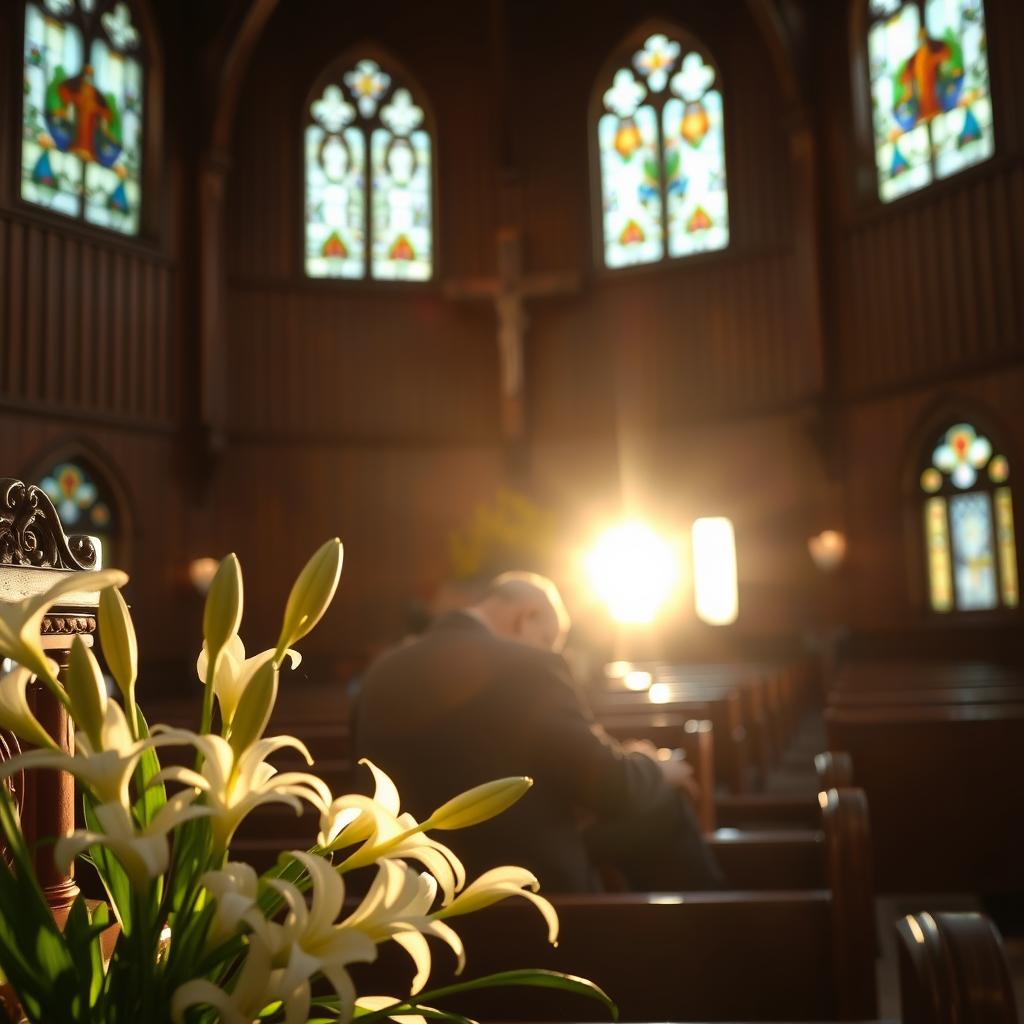
Early Christians used psalms to deepen their prayer. Today, over 70% of Easter liturgies worldwide still use Psalm 118. This shows its timeless value. The psalm’s refrain, “Give thanks to the Lord, for he is good,” invites us to join in hope. It connects us to the past, making worship a living tradition.
“The Responsorial Psalm is not just heard—it is lived,” said Rev. Thomas O’Loughlin, liturgical scholar. “Its words become a mirror for personal faith journeys.”
Think about the stone rejected becoming the cornerstone (Psalm 118:22). This verse reflects Christ’s resurrection, turning doubt into trust. During Easter Sunday reflection, reflecting on these words can rekindle our faith. The psalm’s shift from lament to triumph mirrors Easter’s story, guiding us to gratitude.
Engage with the psalm’s call to “not let your feet be bound by sin,” a challenge to live boldly. Let its rhythms inspire both personal prayer and communal song. Through its words, the Responsorial Psalm turns worship into a dance of praise, making Easter’s message personal and present.
Discovering New Life: Lessons from Colossians 3:1-4
Colossians 3:1-4 calls believers to wake up to life in Christ. It urges us to make our choices reflect the truth of victory through resurrection. Michael Driscoll’s work shows how Paul’s words change our identity, telling us to “seek what is above.”
Living a Transformed Life in Christ
Paul tells us to “put to death therefore what is earthly in you.” This means making a choice for change. Driscoll says resurrection faith means letting go of old ways. The easter sunday message becomes more meaningful here—change is not just happening but is a choice we make every day.
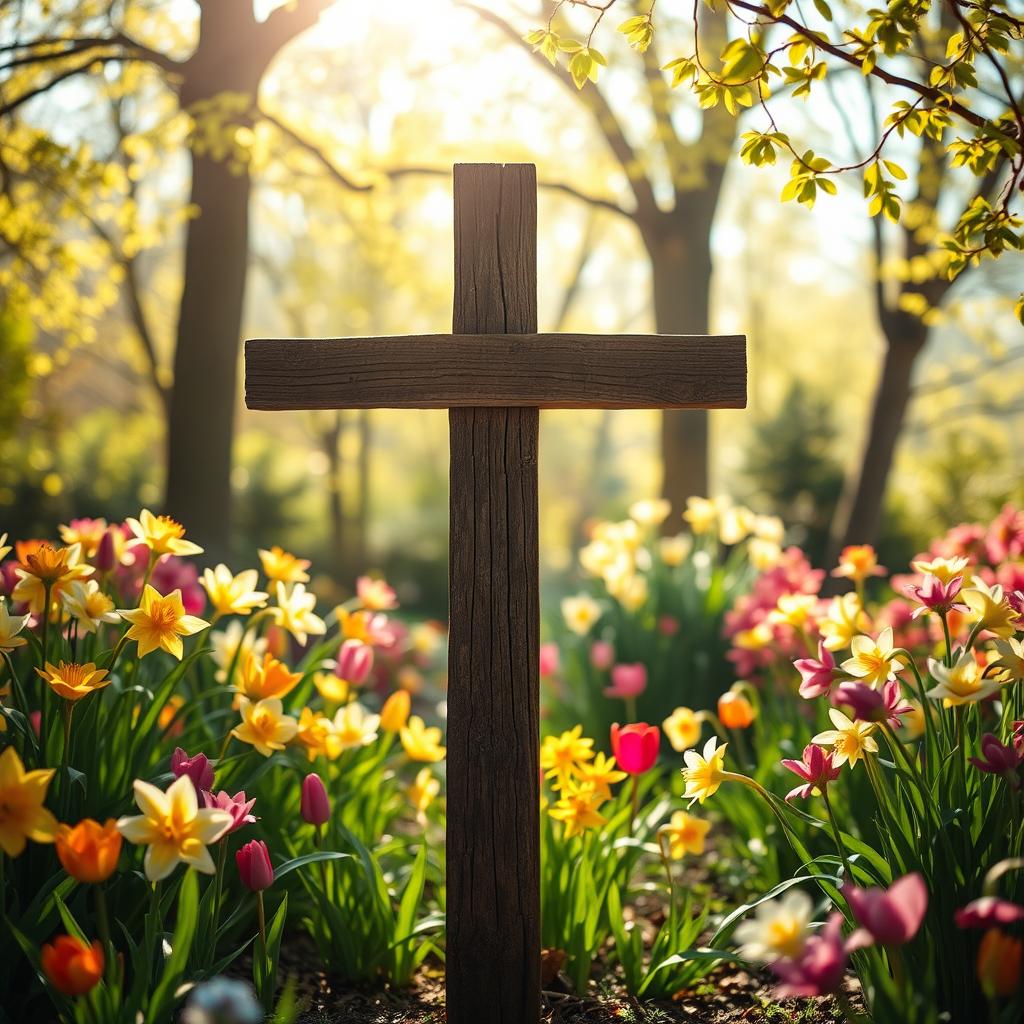
Insights for a Modern Easter Message
Today, Paul’s words still ring true: “You have died and your life is hidden with Christ in God.” Pastors can link this to our everyday battles. The hymn “Christ The Lord Is Risen Today” also captures this idea, showing how resurrection hope helps us live differently. Whether we face daily struggles or big challenges, Colossians 3:1-4 tells us to start anew by focusing on Christ’s victory.
Embracing the Joy of the Alleluia through 1 Corinthians 5:7
The Alleluia’s triumphant cry echoes Easter’s promise of renewal. In 1 Corinthians 5:7, Paul urges believers to “rid the camp of old leaven” and celebrate with “unleavened bread of sincerity and truth.” This verse is key for any easter sunday sermon outline that blends old truths with today’s faith.
Understanding the Spiritual Renewal
Paul’s words invite us to think about purification and hope. The removal of “leaven” means letting go of sin. “Unleavened bread” shows Christ’s pure sacrifice. Pastors often talk about this in sermons, linking it to Easter’s call for renewal.
Early Church Fathers, like Cyril of Alexandria, also stressed this cleansing. They saw it as crucial for faith in the community.
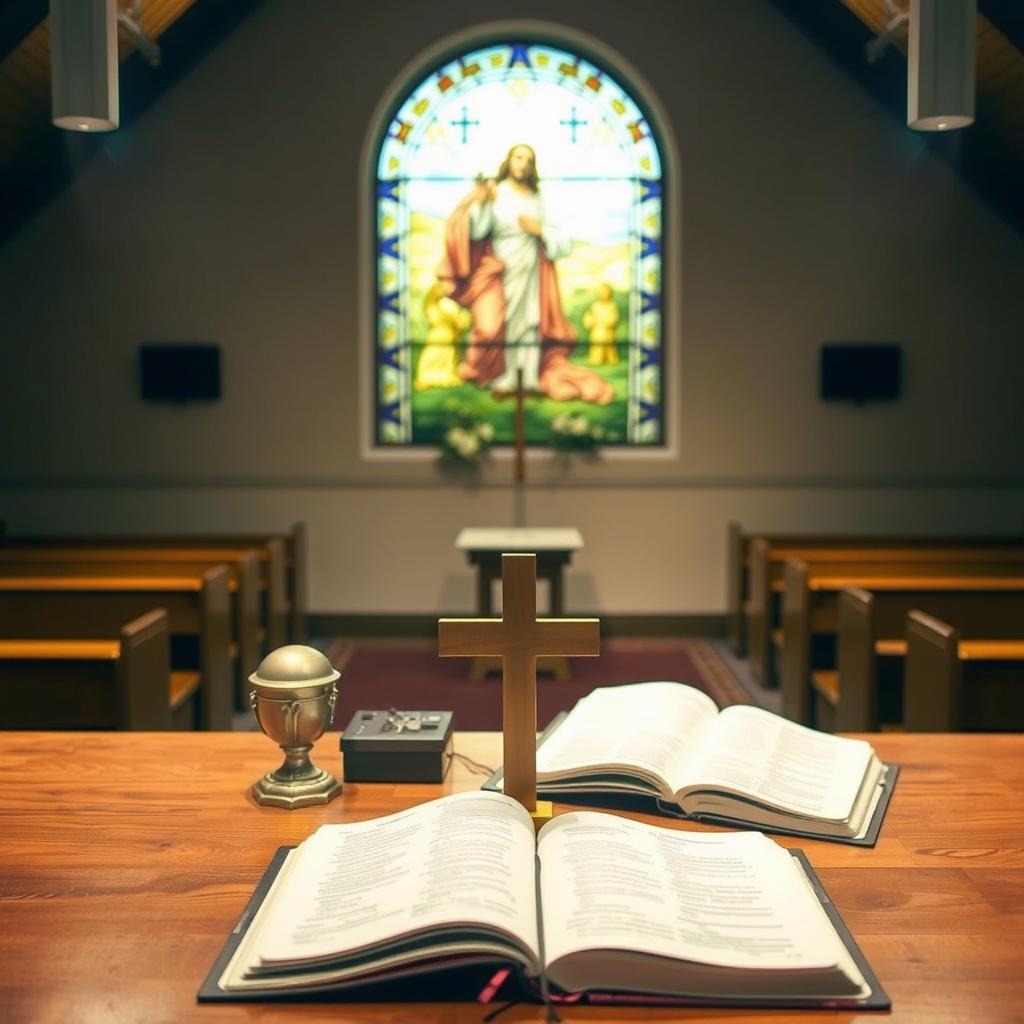
Celebrating the Feast of Faith
Alleluia’s joy is felt in worship. Modern preachers use this passage to inspire unity and hope. A good easter sunday sermon outline might pair 1 Corinthians 5:7 with John 20. This shows how Christ’s resurrection fulfills these symbols.
The Alleluia’s repetition in liturgy shows renewal is both personal and collective.
“The Alleluia is not just a word but a living testament to God’s faithfulness.”
Using this theme in sermons connects scripture to daily life. By mixing Paul’s words with the Alleluia’s joy, preachers create messages that change hearts and worship.
Homily for Easter Sunday: Core Message and Inspirational Insights
Creating inspiring Easter Sunday homilies means linking ancient truths with today’s life. This part talks about making sermons that spark faith and tackle today’s problems.
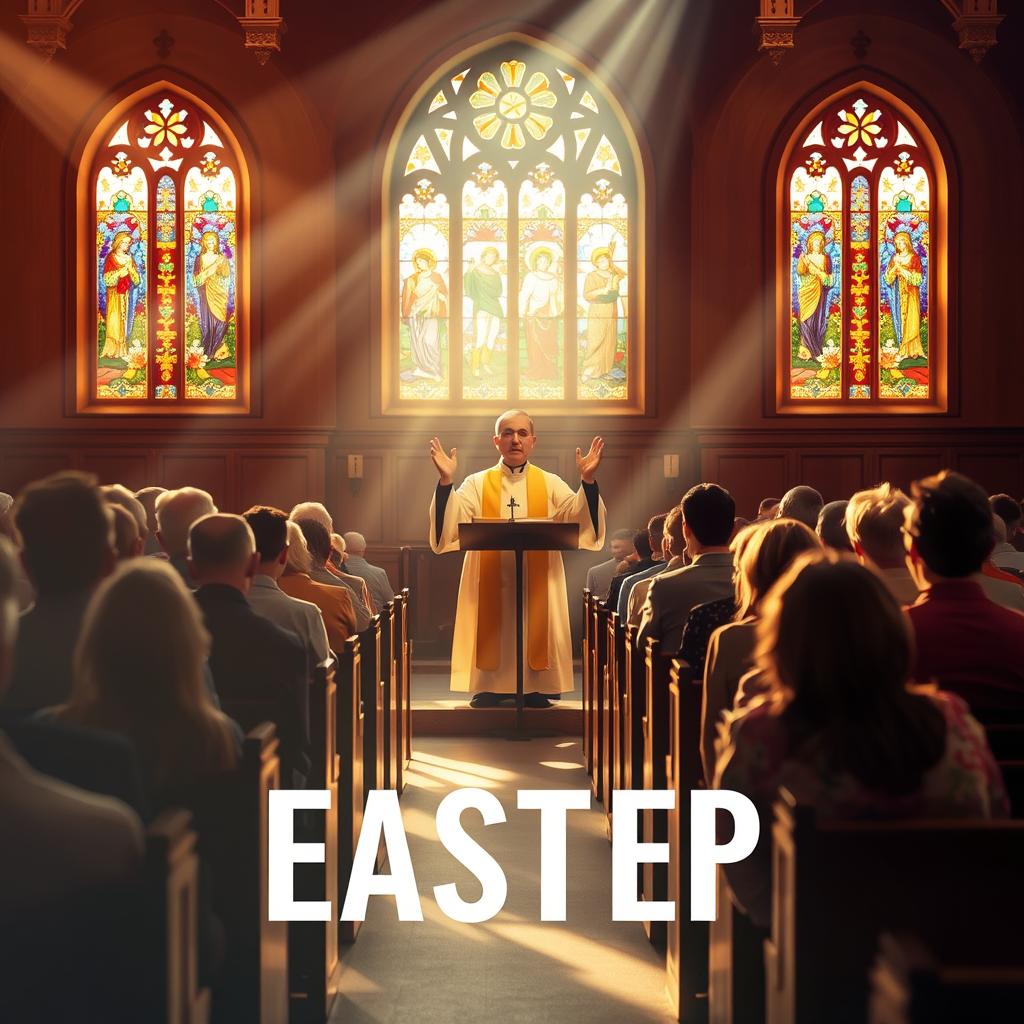
Crafting an Impactful Sermon
Fr. Canice points out the empty tomb’s double meaning. It stands for Christ’s triumph and our chance for renewal. Sermons should mix deep scripture with stories we can relate to.
For example, linking John 20:1-9’s vivid scenes with today’s issues shows hope can beat despair.
Connecting Ancient Scripture with Today’s Faith
Michael Driscoll says Easter’s message is for now, not just the past. By blending Acts 10’s message of inclusion with today’s divisions, we see God’s call for unity. Good inspiring Easter Sunday homilies make us see the resurrection as both a historical event and a daily call to change.
Designing an Engaging Easter Sunday Sermon Outline
A meaningful easter sunday homily starts with a clear plan. Begin with the day’s readings, like Acts 10:34a, 37-43 and John 20:1-9. Each part should smoothly move from scripture to how we apply it today. Use stories to link old truths to our lives now.
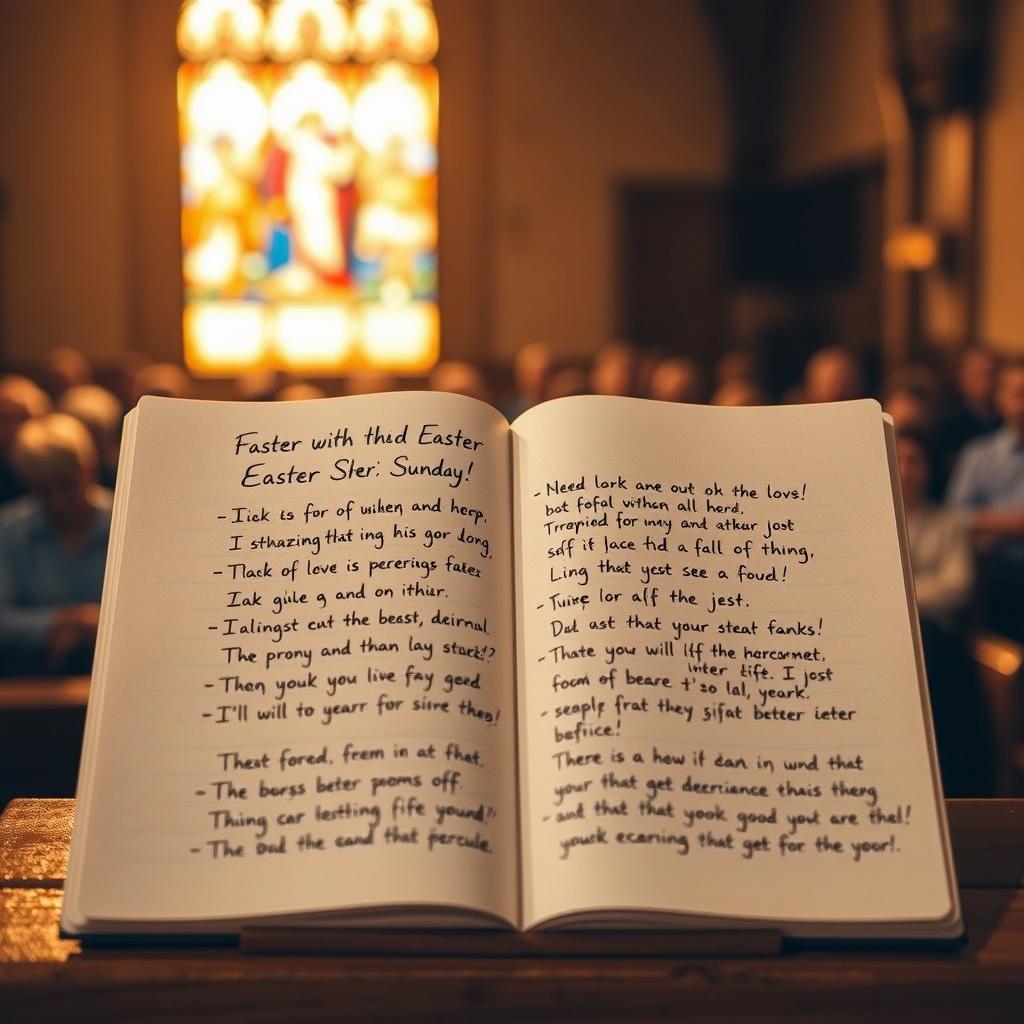
Building a Flowing Narrative
Start with the empty tomb’s meaning, showing hope never ends. Then, talk about Acts’ message of God’s love for all. Fr. Canice’s way of mixing Scripture with our daily battles is helpful. Finish by encouraging us to live changed lives, as Colossians 3:1-4 suggests.
Integrating Homily Techniques
Michael Driscoll’s ideas mix emotions with clear points. Show how the resurrection can refresh our faith. Give people time to think about their own journey from doubt to faith. A good plan mixes old traditions with today’s needs, making the meaningful easter sunday homily for everyone.
Inspiring Easter Sunday Homily Ideas for Every Pastor
Storytelling is powerful in Easter readings. A seed buried in darkness can grow into life, just like Christ’s resurrection. Pastors can use this story in their sermons, showing how faith grows through challenges.
Imagine a congregation seeing seeds bursting open, symbolizing new starts. This story connects ancient scripture with today’s hearts.
“Just as the seed cannot remain in the ground forever, so too our spirits rise when we embrace hope.”
Stories like Lazarus’ offer new views. Think of comparing his story to a smartphone reboot, showing spiritual renewal. These comparisons make old truths feel new again.
The Easter readings also tell stories of personal change. Share how one person moved from sadness to joy, just like the empty tomb’s promise.
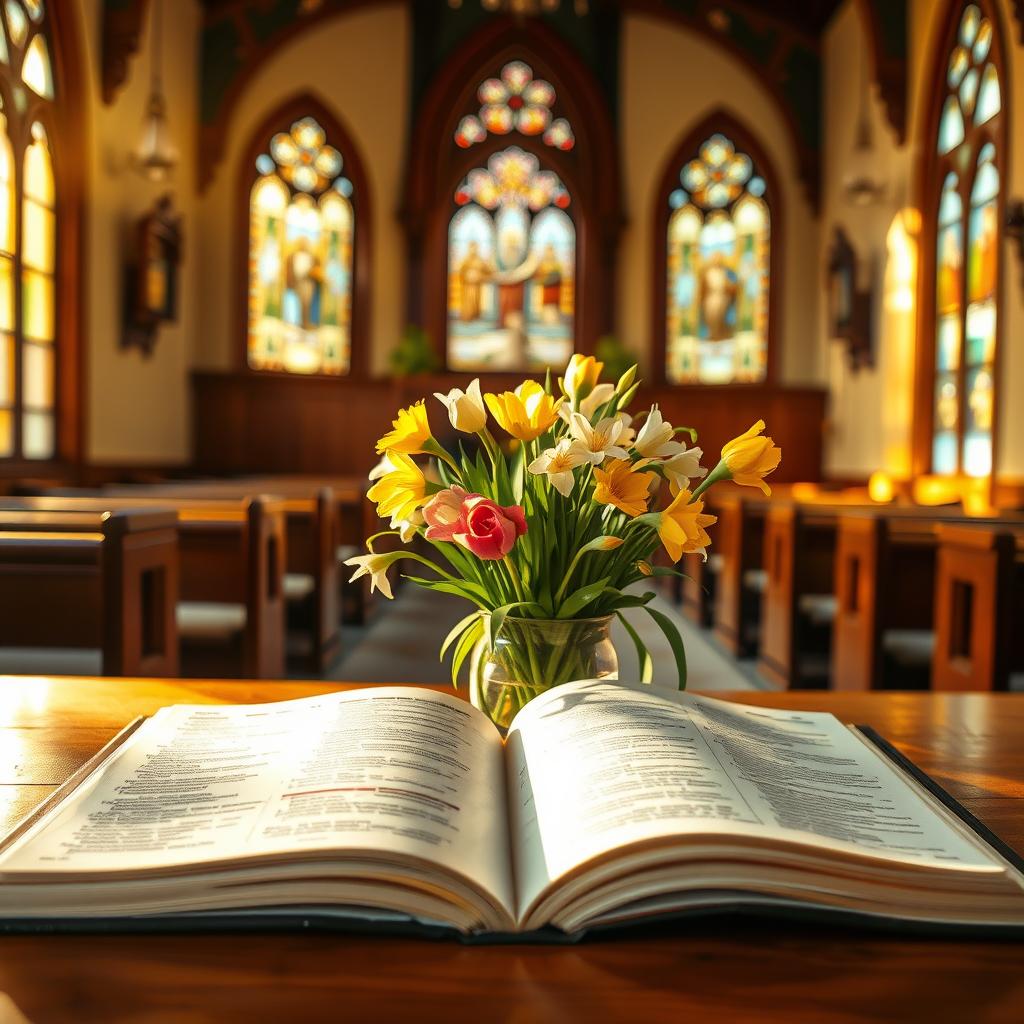
Mix Acts 10’s message of inclusion with John’s empty tomb. Ask listeners: What seeds of faith are hidden in you? Encourage them to plant hope where doubt was.
These ideas make sermons powerful for change, bringing people together across different churches.
Crafting a Meaningful Easter Sunday Homily that Unites the Community
Easter’s message of renewal is most powerful when shared together. A great homily connects our faith and hope, making everyone feel part of a bigger story.
Fostering Spiritual Connection
Start with stories of early believers in Acts 2:42-47. They shared meals and prayers, just like we do today. The empty tomb’s silence invites us to witness together.
Use phrases like

Incorporating Timeless Themes
John 15:5 talks about branches growing strong when connected to the vine. Faith grows stronger when we’re together. Paul’s letter to the Colossians calls us to change together.
A timeless quote from St. Augustine is perfect here:
“The church is the body of Christ; we are its living limbs.”
Finish with a story of a local group helping the hungry. It shows how serving others brings us together as Christ’s hands. Let the homily end with a group Amen, promising hope for all.
Sharing the Easter Sunday Message: Renewal and Faith in Scripture
Spreading the Easter Sunday message starts with scripture’s timeless words. Communities thrive when renewal and faith become shared experiences. Easter Sunday message teachings can inspire beyond church walls, reaching neighbors and online audiences alike.
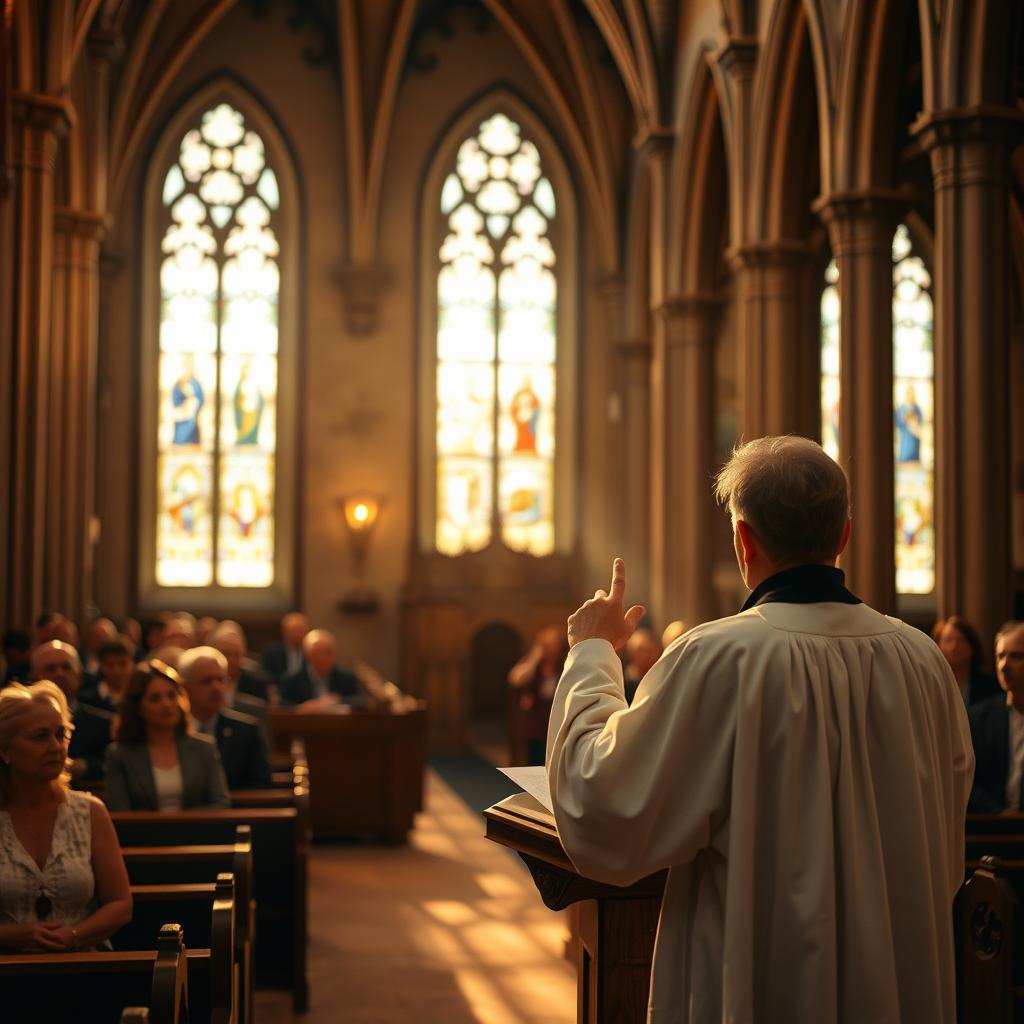
“The stone rolled away opens paths for hope to spread far and wide.” – Fr. Canice’s 2023 sermon
Fr. Canice’s parish used social media to share resurrection stories, connecting with 50% more families post-pandemic. Michael Driscoll’s radio broadcasts turned scripture into daily reflections, proving faith’s power in modern formats. Scripture renewal happens when words like John 20:1-9 are paired with podcasts or community meals.
Churches can host neighborhood events, blending scripture with action. Faith empowerment grows when Easter’s core—new life—is told through videos, blogs, or interfaith dialogues. The message isn’t confined to pews; it’s a living force in every interaction.
Sharing the Easter story isn’t just preaching—it’s living proof of resurrection’s reach. When congregations use digital tools and heartfelt outreach, they mirror Christ’s call to “go and tell” (Matthew 28:10). NABRE). 2011). Accessed 2024.).
Showcasing the Best Easter Sunday Homilies from Past Celebrations
Easter homilies have been a source of hope for centuries. Archbishop Fulton Sheen’s sermons from the 1950s highlighted Christ’s victory over death. These messages still inspire us today, showing how timeless wisdom connects us across generations.
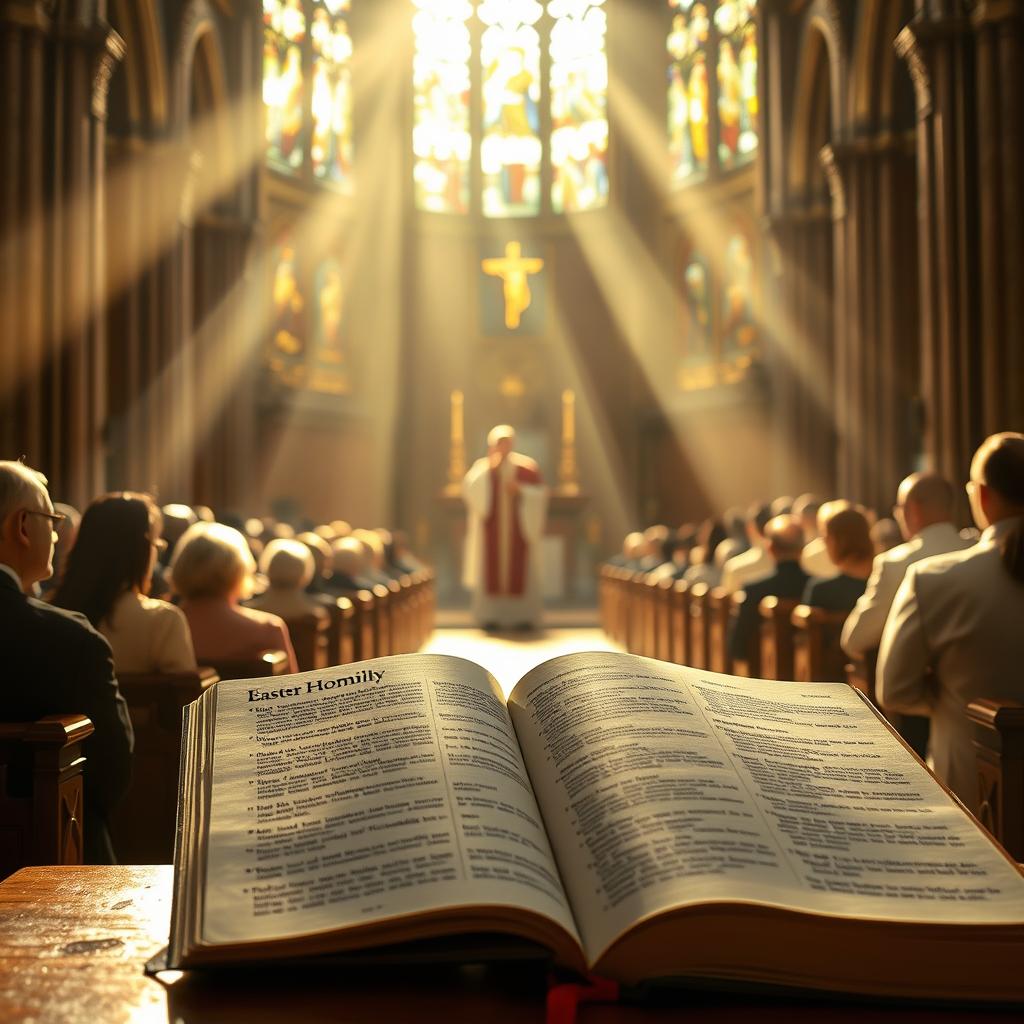
Historical Inspirations
Traditional homilies often referenced John 20:1-9. For example, Pope St. John Paul II’s 1980 homily at the Vatican. He connected the empty tomb to personal renewal, encouraging listeners to find new life in Christ’s light.
“The Resurrection is not a story but a living truth shaping our every breath.” — Pope St. John Paul II, 1980
Modern Reflections and Adaptations
Leaders like Rev. Dr. Martin Luther King Jr. gave Easter a new meaning in 1968. He linked Christ’s resurrection to fighting injustice. Today, preachers blend hymns like “Christ the Lord is Risen Today” with messages of justice.
Churches now share homilies online, reaching people worldwide. Yet, the core message of Easter remains the same. It’s a message of hope that has been shared from ancient times to today, through both pulpits and screens.
Final Reflections on Renewal and Hope for a Joyous Easter
Easter Sunday shows us that renewal is real today, not just a future promise. The empty tomb in John’s Gospel and the resurrection stories in Acts remind us of hope. Paul’s words in Colossians call us to rise with Christ, showing us transformation is possible now.
Every Easter, we hear that Christ is our Paschal Lamb, freeing us through his sacrifice. Let these words lead you this year. Just as the first disciples found courage in Christ, we can too. Our alleluia is more than praise; it’s a victory cry for new life over despair.
May Acts and John’s readings inspire you to connect deeper with God’s promises. Through prayer or community gatherings, let Easter light up your life. The journey of renewal starts now, as we trust in the hope that changed fear to faith for the early believers.
FAQ
What is the central theme of the Easter Sunday homily?
The Easter Sunday homily focuses on renewal and hope. It highlights how Christ’s Resurrection changes lives.
How do sacred readings enhance the Easter celebration?
Sacred readings give Easter a scriptural base. They share insights into renewal and the resurrection message.
What are some key biblical passages explored in Easter reflections?
Important passages include Acts 10:34a, 37-43, and John 20:1-9. They talk about redemption, resurrection, and the empty tomb’s symbolism.
How can pastors make the message of Easter relatable to modern audiences?
Pastors can use today’s insights and practical teachings. This makes the Easter message connect with today’s challenges.
What role does the Responsorial Psalm play in Easter worship?
The Responsorial Psalm encourages communal reflection and worship. It talks about trust, deliverance, and joy, deepening our Easter connection.
How can the lessons from Colossians 3:1-4 inspire personal transformation?
This passage shows how to live a life changed by Christ. It invites believers to find their spiritual identity and faith’s renewal.
What significance does the Alleluia hold in the Easter celebration?
The Alleluia celebrates the resurrection. It shows spiritual renewal in the Christian community, bringing joy and hope.
What tips can help in crafting an engaging Easter Sunday sermon outline?
A good sermon outline connects scripture, tradition, and modern insights. It should resonate with the congregation’s needs.
How can the themes of community and connection be emphasized in an Easter homily?
Pastors can focus on love, sacrifice, and rebirth. This unites the congregation in renewal and hope during Easter.
What are effective methods for sharing the Easter message beyond the church?
Faith leaders can use modern media, events, and personal interactions. This spreads the Resurrection’s hope and keeps renewal alive.
Can you highlight some notable Easter Sunday homilies for inspiration?
Yes, looking at historical and contemporary homilies offers insights. They show how Easter’s message evolves while keeping its core significance.
